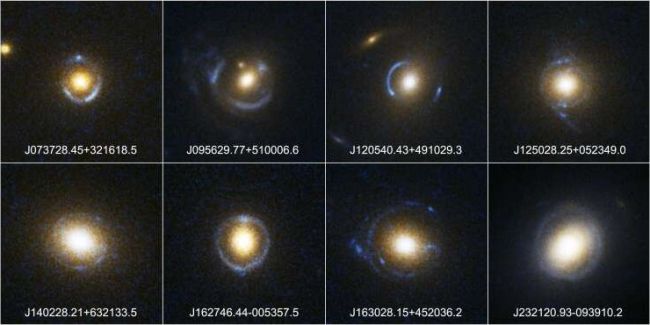
Astronomers time traveled through archives of data to spot an object that made history in the 1980s and solve a long-standing cosmic mystery.
While practicing socially distant science, a group of researchers dug through old data from Keck Observatory on Mauna Kea in Hawaii and NASA's Chandra X-ray Observatory managed to spot a remarkable quasar, or an active galaxy emitting incredible amounts of light.
What they observed is actually an Einstein ring, or a ring of light that has been warped by the gravitational pull of a massive object between the quasar and Earth — a process called gravitational lensing. The light coming from the far-off galaxy warps around the object's large mass while on its way to Earth.
But the team didn't just find any old Einstein ring, they spotted the first-ever discovered Einstein ring: 1131+0456. This object was first observed in 1987 using the Very Large Array network of radio telescopes in New Mexico. But when this object was discovered, it wasn't yet known how far away it was or what its redshift — a phenomenon in which objects moving away appear red because the wavelengths of light are stretched — is.
But with this new study, the team was able to determine the object's distance, and they found that it's 10 billion light-years away from Earth (or a redshift of z=1.849). Co-authors Daniel Stern, a senior research scientist at NASA's Jet Propulsion Laboratory in Pasadena, California, and Dominic Walton, an STFC Ernest Rutherford Fellow at the University of Cambridge's Institute of Astronomy in the UK, are the first to calculate the object's distance.

A radio image of MG 1131+0456, the first known Einstein ring, taken with the Very Large Array. (Image credit: VLA)
"The Berlin Wall was still up when this Einstein ring was first discovered, and all the data presented in our paper are from the last millennium," Stern said in a statement. "As we dug deeper, we were surprised that such a famous and bright source never had a distance measured for it," Stern added. "Having a distance is a necessary first step for all sorts of additional studies, such as using the lens as a tool to measure the expansion history of the universe and as a probe for dark matter."
This work was published June 1 in the journal The Astrophysical Journal Letters